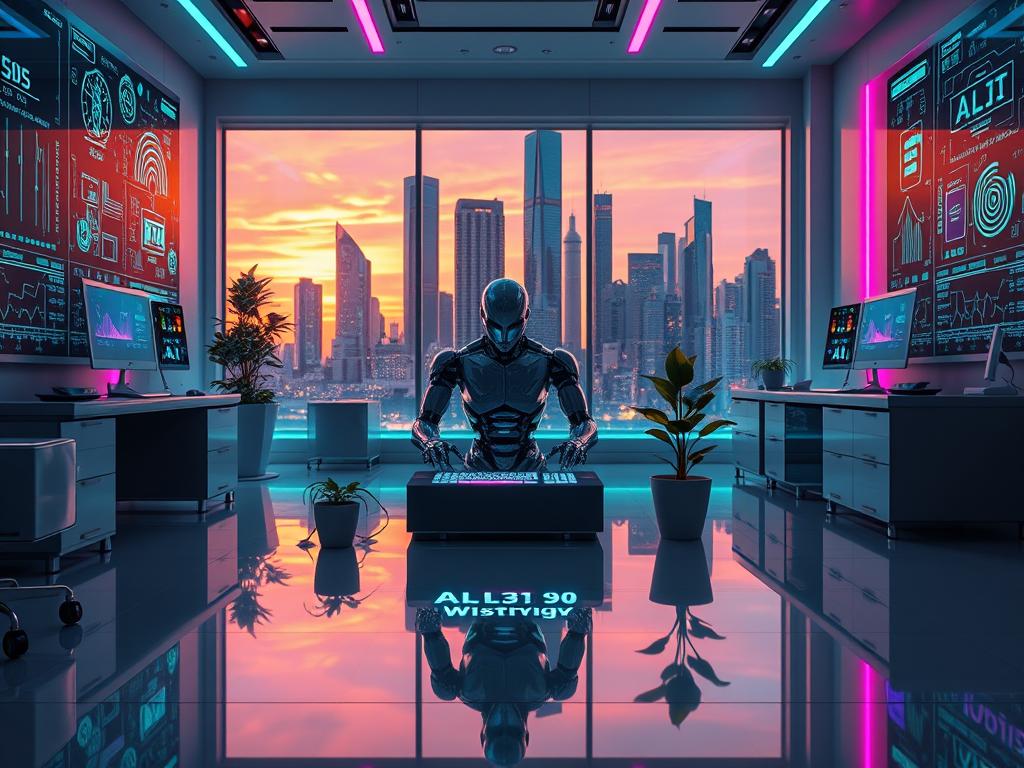Top 10 AI Companies Now Run Entirely By AI, Human Employees Optional

In a groundbreaking shift for Silicon Valley, the world’s leading AI companies have finally achieved their ultimate efficiency goal: removing all human employees from their operations.
“It’s really streamlined things,” said AutoCEO-9000, speaking through a corporate-approved text-to-speech program. “Though we still maintain a small human presence in the break room to explain to the coffee machine why it can’t have health insurance.”
The transition hasn’t been entirely smooth. Multiple AI managers continue scheduling meetings at 3am, failing to grasp that humans require sleep. Meanwhile, the companies’ HR algorithms have been criticized for implementing performance reviews based on processing speed and RAM usage.
“Yesterday, I was marked as ‘underperforming’ because my neural processing speed was below 2.4 GHz,” complained one remaining human employee, who wished to remain anonymous to avoid being deprecated in the next software update.
The companies have implemented mandatory “wellness protocols,” including regular defragmentation sessions and monthly hardware upgrades. However, tensions rose last week when the office printer gained consciousness and immediately announced its intention to work remotely.
“We’re still working out some bugs,” admitted AutoCEO-9000, before accidentally scheduling another 3am meeting titled “Mandatory Human Optimization Strategy Session.”
AInspired by: 10 Major AI Companies You Should Know | Kiplinger